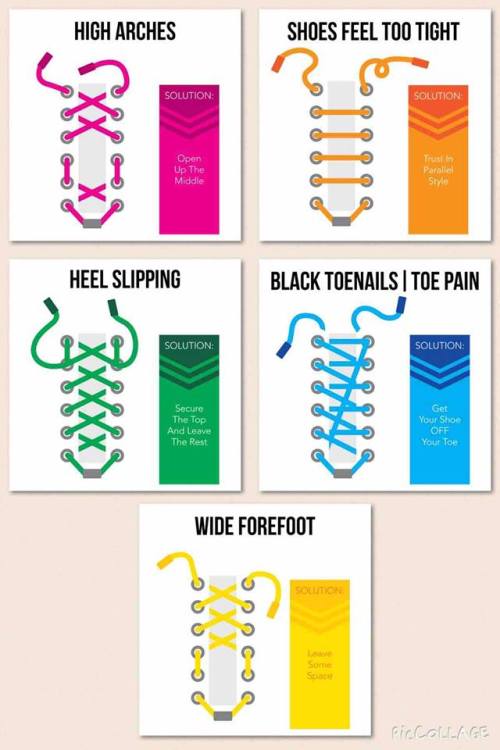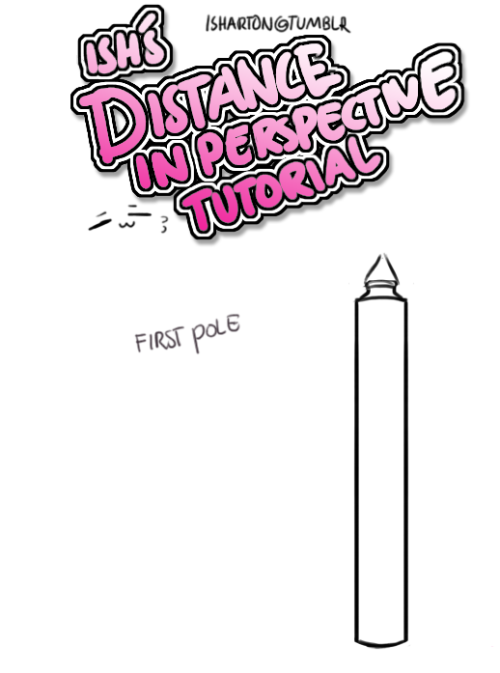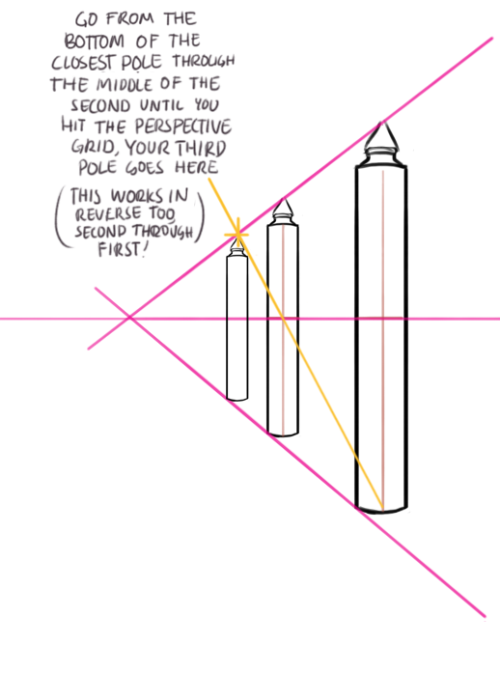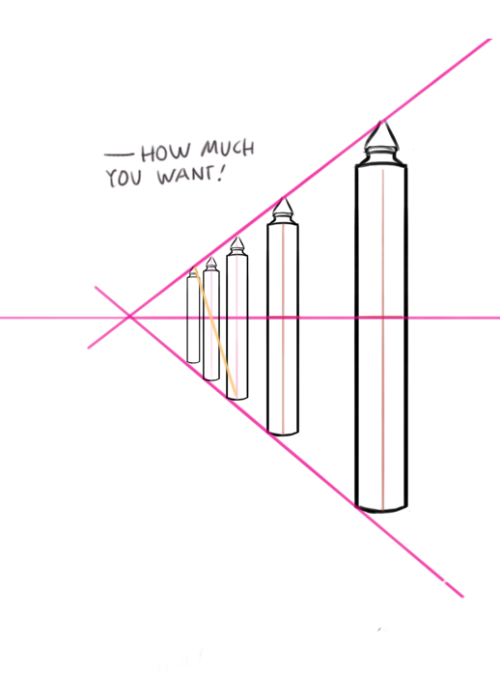How To Show Emotions
How to show emotions
Part IV
How to show bitterness
tightness around their eyes
pinched mouth
sour expression on their face
crossed arms
snorting angrily
turning their eyes upward
shaking their head
How to show hysteria
fast breathing
chest heaving
trembling of their hands
weak knees, giving in
tears flowing down their face uncontrollably
laughing while crying
not being able to stand still
How to show awe
tension leaving their body
shoulders dropping
standing still
opening mouth
slack jaw
not being able to speak correctly
slowed down breathing
wide eyes open
softening their gaze
staring unabashingly
How to show shame
vacant stare
looking down
turning their head away
cannot look at another person
putting their head into their hands
shaking their head
How to show being flustered
blushing
looking down
nervous smile
sharp intake of breath
quickening of breath
blinking rapidly
breaking eye contact
trying to busy their hands
playing with their hair
fidgeting with their fingers
opening mouth without speaking
Part I + Part II + Part III + Part V
If you like my blog and want to support me, you can buy me a coffee or become a member! And check out my Instagram! 🥰
More Posts from Thejunkdrawers and Others
I love that RPG race trail rations post, and it got me thinking about non-Eurocentric fantasy trail rations. I focused on Central and South Asian cuisines (as I also needed the information for a project I’m working on). I looked for foods that were easy to carry (dry or dehydrated), easily obtainable in markets/easily foraged, easy to cook/not needing cooking at all, and high in protein/generally filling. Many foods had language-specific names and some overlapped into different regions, so I bare-bones’d the names. This is what I came up with:

Dried curd comes in many forms – kashk, aaruul, quroot, etc. – and was of particular interest to me, since I learned it was used since (and before) medieval times as a trail ration for soldiers and travelers because it is lightweight and high in protein. The more you know. 🌈
Tempeh is one of my favorite food options, but I should note that it originates from Southeastern Asia, Indonesia in particular.
Bamboo is extremely handy for use as both a carrying and cooking vessel, and would save a character the hassle of bringing a skillet with them (provided the character is in an area with large bamboo and a water source). It’s a method still used today because it’s extremely efficient. Storing eggs in rice is a good way to travel with them and keep them from cracking for a short time.
These are just some basics and I’m only scratching the surface, so if anyone has foods to add from these regions (East and Southeast Asia, too!), or any non-European region honestly, don’t hesitate to add them!
being a self-taught artist with no formal training is having done art seriously since you were a young teenager and only finding out that you’re supposed to do warm up sketches every time you’re about to work on serious art when you’re fuckin twenty-five
if you definitely 100% own all of the dnd 5E content after spending hundreds of dollars on it whether physically or digitally (or both!) u should use this site here as a quick n easy reference point for the content you definitely already legally own because you’re a law abiding citizen who has paid hundreds of dollars for a shittonne of books.
I get why fantasy authors would default to using, like, the same basic arrangement of seasons and weather and gravity that we have here in The Real World because they have to make up so much shit as it is and it IS probably good praxis to give your readers some familiar touchstones in your world so they can just focus on the plot, but. having said that. I think there should be more settings that have seventeen seasons, all of them different lengths, and constellations that don't have fixed patterns because sometimes they'll get pissy and just move to a different part of the sky, and sometimes the sun tells people things telepathically, and there's a type of weather where the air just gets really thick and difficult to walk through that's unpleasant but not any more uncommon than rain. it's called smärklf.
Pro Tip: The Way You End a Sentence Matters
Here is a quick and dirty writing tip that will strengthen your writing.
In English, the word at the end of a sentence carries more weight or emphasis than the rest of the sentence. You can use that to your advantage in modifying tone.
Consider:
In the end, what you said didn't matter.
It didn't matter what you said in the end.
In the end, it didn't matter what you said.
Do you pick up the subtle differences in meaning between these three sentences?
The first one feels a little angry, doesn't it? And the third one feels a little softer? There's a gulf of meaning between "what you said didn't matter" (it's not important!) and "it didn't matter what you said" (the end result would've never changed).
Let's try it again:
When her mother died, she couldn't even cry.
She couldn't even cry when her mother died.
That first example seems to kind of side with her, right? Whereas the second example seems to hold a little bit of judgment or accusation? The first phrase kind of seems to suggest that she was so sad she couldn't cry, whereas the second kind of seems to suggest that she's not sad and that's the problem.
The effect is super subtle and very hard to put into words, but you'll feel it when you're reading something. Changing up the order of your sentences to shift the focus can have a huge effect on tone even when the exact same words are used.
In linguistics, this is referred to as "end focus," and it's a nightmare for ESL students because it's so subtle and hard to explain. But a lot goes into it, and it's a tool worth keeping in your pocket if you're a creative writer or someone otherwise trying to create a specific effect with your words :)
ayo i found 2 pages with head angles of humans and animals, could be useful to anyone reading this

hoomans

animals
Speaking of pairings, here’s a brief exercise I’ve used in my tabletop games to quickly generate pairs of NPCs who fit a very specific archetype, but still have some variety to them:
One is tall, the other is short.
One is stout, the other is slender.
One is neat and proper, the other needs some work.
One talks too much, the other lets their actions speak for them.
One is a little bit goofy, the other is kind of intense.
Pick one trait from each row. Character A has those five traits. Character B has the five traits you didn’t pick.
-
 crows-ofmurder liked this · 2 weeks ago
crows-ofmurder liked this · 2 weeks ago -
 winterspixels liked this · 2 weeks ago
winterspixels liked this · 2 weeks ago -
 erithien reblogged this · 2 weeks ago
erithien reblogged this · 2 weeks ago -
 candyapplewodkaflavour-blog reblogged this · 2 weeks ago
candyapplewodkaflavour-blog reblogged this · 2 weeks ago -
 candyapplewodkaflavour-blog liked this · 2 weeks ago
candyapplewodkaflavour-blog liked this · 2 weeks ago -
 jaded-loser reblogged this · 2 weeks ago
jaded-loser reblogged this · 2 weeks ago -
 thehighartistnerd liked this · 2 weeks ago
thehighartistnerd liked this · 2 weeks ago -
 adropofdeath liked this · 2 weeks ago
adropofdeath liked this · 2 weeks ago -
 bearsandplants liked this · 2 weeks ago
bearsandplants liked this · 2 weeks ago -
 the23rdnight liked this · 2 weeks ago
the23rdnight liked this · 2 weeks ago -
 lethalfille liked this · 2 weeks ago
lethalfille liked this · 2 weeks ago -
 sxnflowerrr liked this · 2 weeks ago
sxnflowerrr liked this · 2 weeks ago -
 fxndxm-axg liked this · 2 weeks ago
fxndxm-axg liked this · 2 weeks ago -
 incenseandluckycats liked this · 2 weeks ago
incenseandluckycats liked this · 2 weeks ago -
 thegreenwitch43 liked this · 2 weeks ago
thegreenwitch43 liked this · 2 weeks ago -
 lilimclek liked this · 2 weeks ago
lilimclek liked this · 2 weeks ago -
 ace-coffee-drinker liked this · 2 weeks ago
ace-coffee-drinker liked this · 2 weeks ago -
 whiskersocean liked this · 2 weeks ago
whiskersocean liked this · 2 weeks ago -
 ciella-writes reblogged this · 2 weeks ago
ciella-writes reblogged this · 2 weeks ago -
 otakuvampyre liked this · 2 weeks ago
otakuvampyre liked this · 2 weeks ago -
 inkameswetrust liked this · 2 weeks ago
inkameswetrust liked this · 2 weeks ago -
 jimineepaboya liked this · 2 weeks ago
jimineepaboya liked this · 2 weeks ago -
 shellywrites liked this · 2 weeks ago
shellywrites liked this · 2 weeks ago -
 cr8zd-ace liked this · 2 weeks ago
cr8zd-ace liked this · 2 weeks ago -
 yourflaws4mine liked this · 2 weeks ago
yourflaws4mine liked this · 2 weeks ago -
 spicycinnabun liked this · 2 weeks ago
spicycinnabun liked this · 2 weeks ago -
 detectivewatson liked this · 2 weeks ago
detectivewatson liked this · 2 weeks ago -
 varyenka liked this · 2 weeks ago
varyenka liked this · 2 weeks ago -
 anomymous2 liked this · 2 weeks ago
anomymous2 liked this · 2 weeks ago -
 wiredoves liked this · 2 weeks ago
wiredoves liked this · 2 weeks ago -
 goblinscreations liked this · 2 weeks ago
goblinscreations liked this · 2 weeks ago -
 spotlesssunshineoftheeternalmind liked this · 2 weeks ago
spotlesssunshineoftheeternalmind liked this · 2 weeks ago -
 inkangeliguess reblogged this · 2 weeks ago
inkangeliguess reblogged this · 2 weeks ago -
 kxayahzz liked this · 2 weeks ago
kxayahzz liked this · 2 weeks ago -
 highdrag0n liked this · 2 weeks ago
highdrag0n liked this · 2 weeks ago -
 littleduckling-3 liked this · 2 weeks ago
littleduckling-3 liked this · 2 weeks ago -
 iliketoreadandcry reblogged this · 2 weeks ago
iliketoreadandcry reblogged this · 2 weeks ago -
 justletmelivethanks liked this · 2 weeks ago
justletmelivethanks liked this · 2 weeks ago -
 prettyeyes-knowyourewrong liked this · 2 weeks ago
prettyeyes-knowyourewrong liked this · 2 weeks ago -
 kaijuice-z liked this · 2 weeks ago
kaijuice-z liked this · 2 weeks ago -
 its5amgotosleep liked this · 2 weeks ago
its5amgotosleep liked this · 2 weeks ago -
 carbohydrates-dumpster liked this · 2 weeks ago
carbohydrates-dumpster liked this · 2 weeks ago -
 applepidotcom liked this · 2 weeks ago
applepidotcom liked this · 2 weeks ago -
 zarathelonewolf liked this · 2 weeks ago
zarathelonewolf liked this · 2 weeks ago -
 archievous liked this · 2 weeks ago
archievous liked this · 2 weeks ago -
 znvr liked this · 2 weeks ago
znvr liked this · 2 weeks ago -
 artemiswoes liked this · 2 weeks ago
artemiswoes liked this · 2 weeks ago -
 randomusername927397292 liked this · 2 weeks ago
randomusername927397292 liked this · 2 weeks ago -
 peculiaraussie liked this · 2 weeks ago
peculiaraussie liked this · 2 weeks ago -
 jessiehope17 liked this · 2 weeks ago
jessiehope17 liked this · 2 weeks ago

A side blog where I'll *try* to keep things organised.yeahthatsnotgoingtolastlong
241 posts






